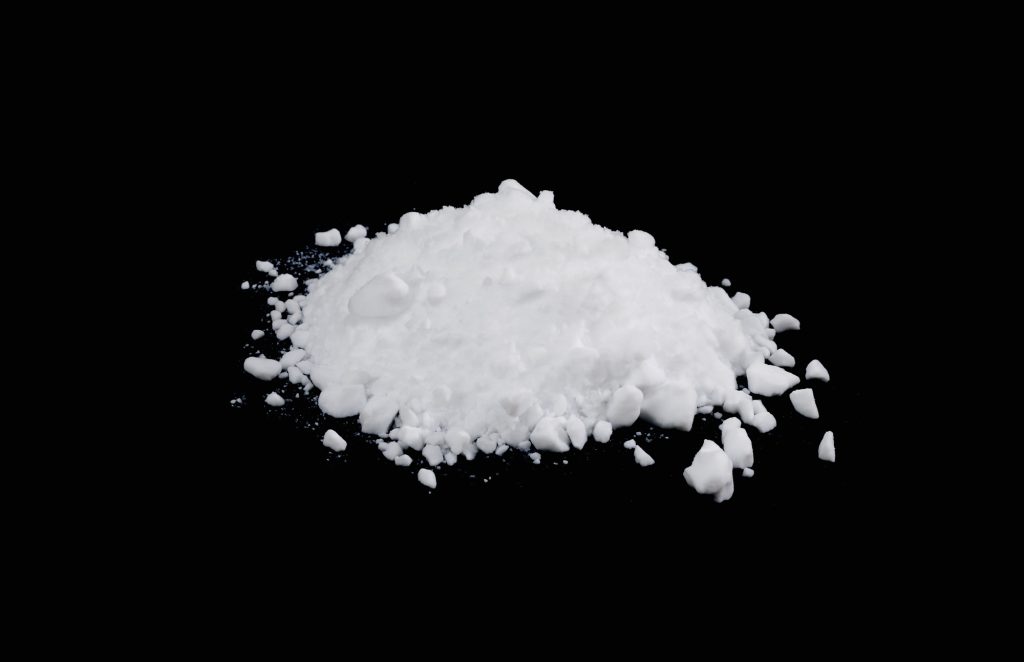Whether the surface modification effect of silica powder is good or not depends on these points!

Silica powder itself is a polar and hydrophilic substance. It has different interface properties with the polymer matrix and has poor compatibility. It is often difficult to disperse in the base material. Therefore, surface modification of silica powder is usually required. Purposefully change the physical and chemical properties of the surface of silica powder according to the needs of the application, thereby improving its compatibility with organic polymer materials and meeting its dispersion and fluidity requirements in polymer materials.
Factors such as the raw material quality of silica powder, modification process, surface modification method and modifier, modifier dosage, modification process conditions (modification temperature, time, pH and stirring speed) all affect the surface modification effect of silica powder. Among them, surface modification methods and modifiers are the main factors affecting the modification effect.
1. Quality of silica powder raw materials
The type, particle size, specific surface area, surface functional groups and other properties of silica powder directly affect its combination with surface modifiers. The modification effects of different types of silica powder are also different. Among them, spherical silica powder has good fluidity, is easy to combine with the modifier during the modification process, and can be better dispersed in the organic polymer system. And the density, hardness, dielectric constant and other properties are significantly better than the angular silica powder.
2. Surface modification methods and modifiers
At present, the surface modification methods of silica powder are mainly organic modification, inorganic modification and mechanochemical modification, among which the most commonly used modification method is organic modification. When the single modification effect is not good, you can consider combining organic modification with other modification methods for composite modification.
(1) Organic modification
Organic modification is a method that uses functional groups in organic matter to carry out physical adsorption, chemical adsorption and chemical reactions on the surface of silica powder to change the surface properties of silica powder.
(2) Inorganic modification
Inorganic modification refers to coating or compounding metals, inorganic oxides, hydroxides, etc. on the surface of silica powder to give the material new functions. For example, Oyama et al. used a precipitation method to cover the SiO2 surface with Al(OH)3, and then wrapped the modified SiO2 with polydivinylbenzene, which can meet certain special application requirements.
(3) Mechanochemical modification
Mechanochemical modification refers to first using ultra-fine grinding and other strong mechanical forces to activate the surface of powder particles to increase active points or active groups on the surface of silica powder, and then combining modifiers to achieve composite modification of silica powder.
3. Modifier dosage
The amount of modifier is usually related to the number of active points (such as Si-OH) on the surface of silica powder and the monomolecular layer and bimolecular thickness of the modifier covering the surface.
When the amount of modifier is too small, the degree of activation of the surface of the modified silica powder will not be high; when the amount of modifier is too large, it will not only increase the cost of modification, but also form a multi-layer physical layer on the surface of the modified silica powder. Adsorption causes the interface between silica powder and organic polymer to form a weak layer, resulting in the inability to function as a single molecule bridge.
4. Modification process and condition optimization
Commonly used modification processes for silica powder mainly include dry modification, wet modification, and composite modification.
Dry modification is a modification in which silica powder is dispersed in a modification equipment in a relatively dry state and combined with a certain amount of surface modifier at a certain temperature. Dry modification process is simple and has low production cost. It is currently the main method of surface modification of domestic silica powder and is suitable for micron-level silica powder.
In addition, in order to achieve good modification effect of silica powder, the temperature, pH, time, stirring speed and other process conditions during the modification process should be controlled.
Modification temperature is an important condition for the condensation, dehydration and formation of strong covalent bonds between the modifier and silica powder. The modification temperature should not be too high or too low. Too high a temperature will cause the modifier to decompose or volatilize, and too low a temperature will cause the modifier to decompose or volatilize. This will reduce the reaction rate between the modifier and the silica powder, affecting the modification effect.
